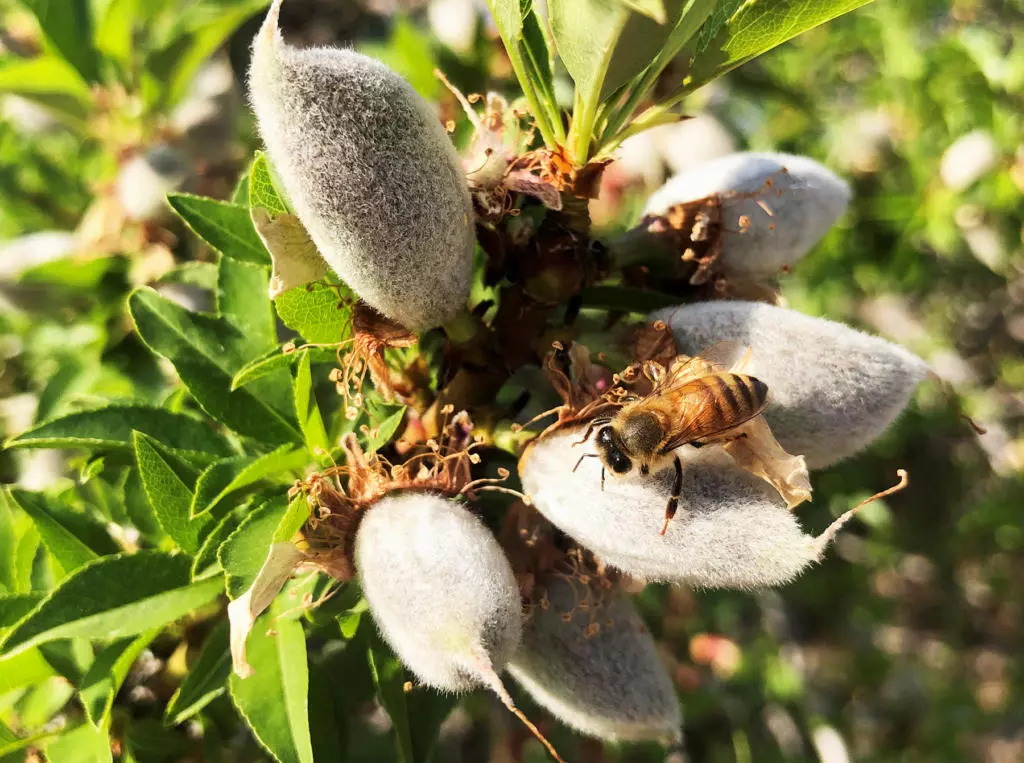Tissue sampling has helped growers identify, address nutrient issues after a cold, rainy bloom
April is a busy time of year for our agronomy team, walking orchards and taking samples during what is a critical health check for almonds and other crops in a stage of rapid vegetative and fruit growth (hull and shell development is the focus over the next few weeks for almonds).
 “Spring tissue samples give us a great snapshot into what’s going on in season,” says Holloway Director of Agronomy Steve Lenander. “The sampling we do in late May and June are more of a report card, but getting your tissue samples done now will help give us a better roadmap for the remainder of the season.”
“Spring tissue samples give us a great snapshot into what’s going on in season,” says Holloway Director of Agronomy Steve Lenander. “The sampling we do in late May and June are more of a report card, but getting your tissue samples done now will help give us a better roadmap for the remainder of the season.”
If May and June samples are report cards, April tissue sampling acts as a “progress report,” if you will. April sampling allows our agronomy team to remain proactive, identifying nutrient issues and correcting stressors this season – rather than reacting to issues mid-year and having to implement strategies that will likely only benefit permanent crop production the following season.
For an accurate report, it’s critical to take samples during our agronomy team’s recommended “sampling window” (based on variety and age of the crop) as nutrient levels can change depending on growth stage and other factors.
Weather has been another obvious challenge this season. After a cold, rainy winter and early spring, things are starting to turn around weather wise in the Central Valley with temperatures expected to reach the mid-80s and 90s this week.
Lenander says severe leaching, and nutrient and oxygen fixation has led to countless deficiencies, from what he’s seen in samples this spring. Lenander said Boron, Copper, Iron and other deficiencies are prevalent, but contact Holloway today for custom agronomy sampling to see what issues are affecting your operation. You might not have any major issues at all, as Lenander has seen a number of cases where growers have been able to save on fertilizer they had expected to apply in the spring because their NPK levels looked great.
“At this point, we’ve already done soil samples, and nutrient and amendment applications have been done as needed or directed by soil science,” Lenander said. “The tissue samples are the reality check. It’s what we’re seeing in the trees at this point in the season, here and now. It’s like checking your bank account, and seeing where you stand as we head into the critical part in the season and attempt the maximize yield potential we’re showing.”
Want to learn more about Holloway’s agronomy services and tissue, water and soil sampling? Contact us today for an example tissue report and to discuss a full nutrient analysis for your orchard.
Join Over 800 Companies Using Holloway Today.
Or Become Part of The Holloway Group to Further Your Career.

